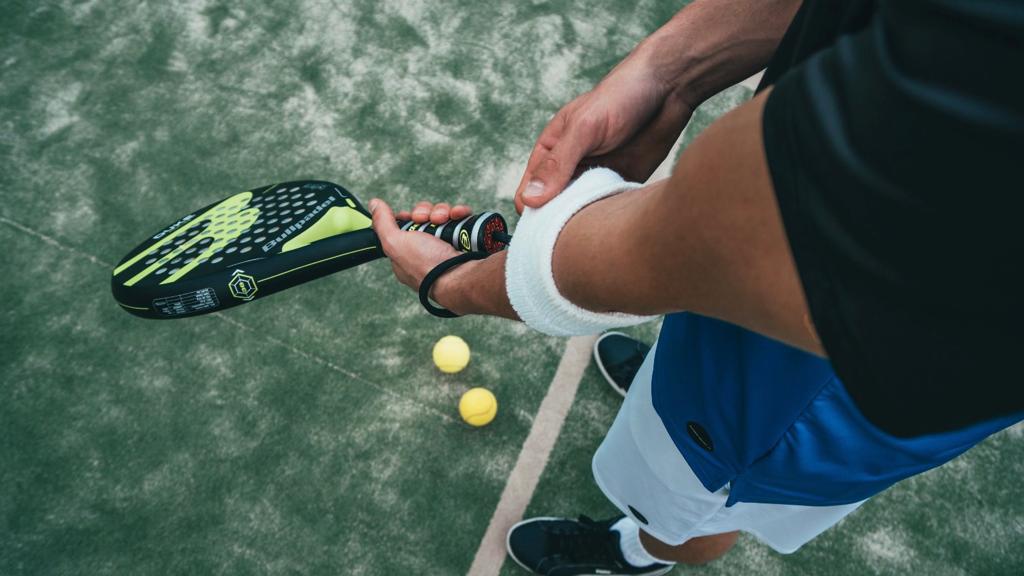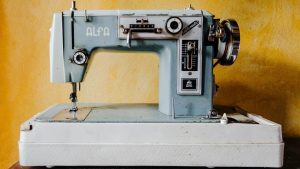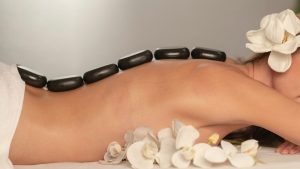
How to Choose the Perfect Squash Racket: 10 Tips
Squash is a fun and fast-paced game that requires quick reflexes, agility, and precision. To excel in this sport, you need the right equipment, and the most important piece of equipment is your squash racket. Choosing the perfect squash racket can be overwhelming, especially if you’re a beginner. With so many different types of rackets available in the market, it can be difficult to know which one is right for you. In this article, we will provide you with ten tips on how to choose the perfect squash racket.

Consider Your Playing Style
When choosing a squash racket, the first thing you need to consider is your playing style. If you’re an aggressive player who likes to hit the ball hard, you’ll need a racket that offers more power. On the other hand, if you’re a defensive player who prefers to play longer rallies, you’ll need a racket that offers more control. It’s essential to choose a racket that suits your playing style to help you perform at your best.
Another factor to consider is your skill level. If you’re a beginner, you may want to choose a racket that is more forgiving and offers more power. Intermediate players should look for rackets that offer a balance of power and control, while advanced players may want a racket that offers more control and precision.
Choose the Right Weight
The weight of your squash racket can have a significant impact on your game. A lighter racket is easier to maneuver, which can be beneficial if you’re a beginner or if you have a more defensive playing style. However, a lighter racket may not offer enough power for aggressive players.
A heavier racket, on the other hand, can provide more power, making it ideal for aggressive players. However, a heavy racket can be more difficult to maneuver, which may not be suitable for beginners or defensive players. It’s essential to choose a racket that is the right weight for your playing style.
Consider the Balance of the Racket
The balance of your squash racket refers to the distribution of weight throughout the racket. There are three types of racket balances – head-heavy, even balance, and head-light. A head-heavy racket has more weight towards the head, providing more power. An even balance racket has a more balanced weight distribution, offering a balance of power and control. A head-light racket has more weight towards the handle, providing more control.
If you’re an aggressive player, a head-heavy racket may be suitable for you. If you’re an intermediate player, an even balance racket may be the best option. Advanced players may prefer a head-light racket for more control.
Check the Grip Size
The grip size of your squash racket is another important factor to consider. If the grip size is too small, your hand may slip during play, while a grip size that is too large can cause discomfort and affect your control over the racket. To determine the right grip size, measure the distance between the tip of your ring finger and the second crease of your palm. The measurement in inches should correspond to the grip size in inches.
Choose the Right String Tension
The string tension of your squash racket can affect the amount of power and control you have over the ball. Higher string tension provides more control, while lower string tension offers more power. If you’re a beginner, lower string tension may be beneficial, while advanced players may prefer higher string tension for more control.
Consider the Material of the Racket
Squash rackets can be made from a variety of materials, including aluminum, graphite, and composite materials. Aluminum rackets are the most affordable but are also the he aviest and least durable. Graphite rackets are more expensive but offer more power and control. Composite rackets are a combination of materials and can provide a balance of power and control. It’s essential to choose a racket made from a material that suits your playing style and budget.
Test the Racket Before Buying
Before you buy a squash racket, it’s essential to test it out. Most sports stores have a demo program that allows you to try out different rackets before purchasing one. Testing the racket will give you a better idea of how it feels and performs, allowing you to make an informed decision.
Consider the Brand
There are several reputable brands in the market that offer high-quality squash rackets. Some of the top brands include Head, Tecnifibre, Wilson, Dunlop, and Prince. Choosing a reputable brand can ensure that you get a high-quality racket that is durable and performs well.
Set a Budget
Squash rackets can range in price from $30 to $300 or more. It’s essential to set a budget before you start shopping to ensure that you don’t overspend. Keep in mind that a higher price doesn’t always guarantee a better racket, so it’s important to choose a racket that meets your needs and budget.
Consider the Look
While the performance of the racket is the most important factor to consider, the look of the racket can also be important to some players. Squash rackets come in a variety of colors and designs, so you can choose one that reflects your personality and style.
In conclusion, choosing the perfect squash racket requires careful consideration of several factors, including your playing style, skill level, weight, balance, grip size, string tension, material, brand, budget, and look. By following these ten tips, you can find a racket that suits your needs and helps you excel in the game of squash.












